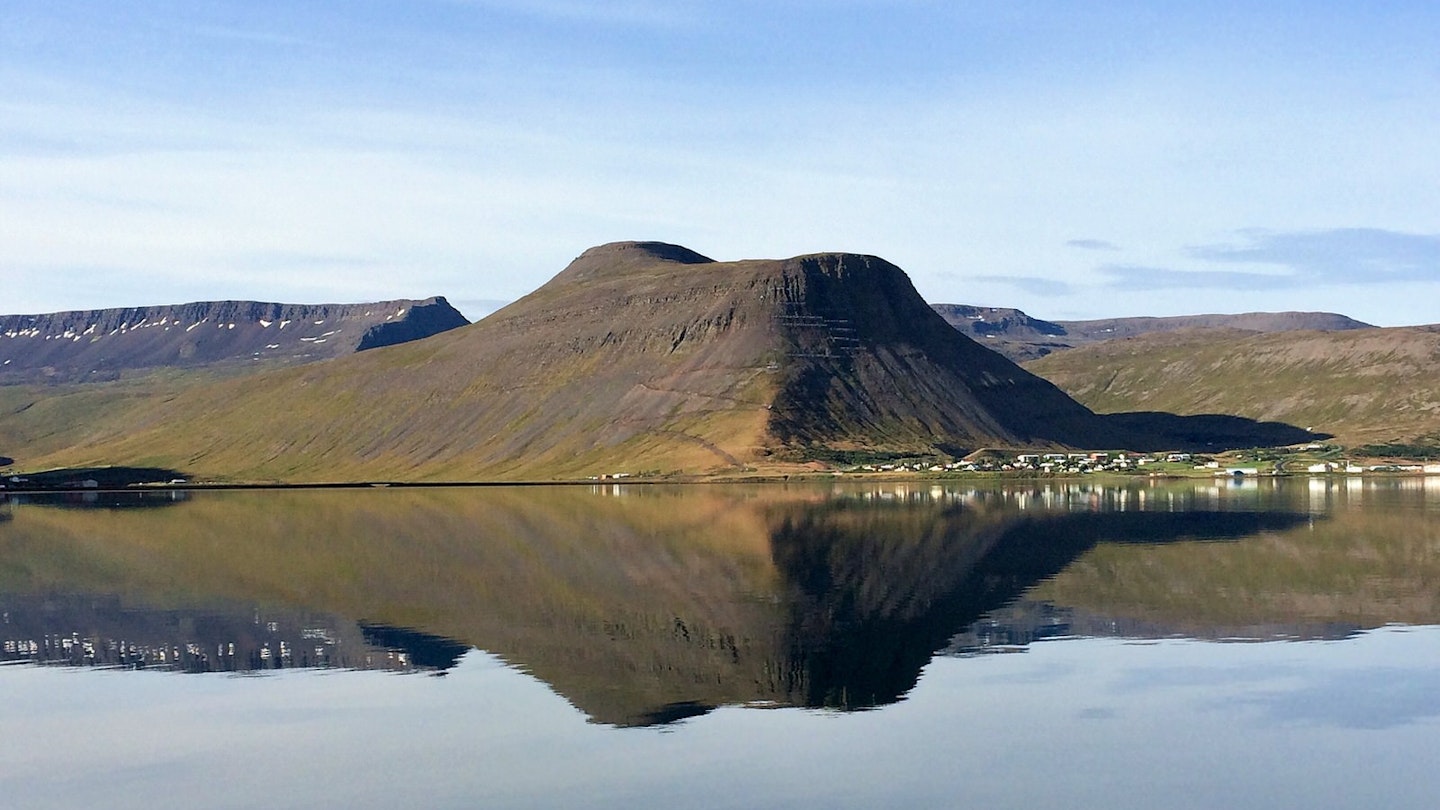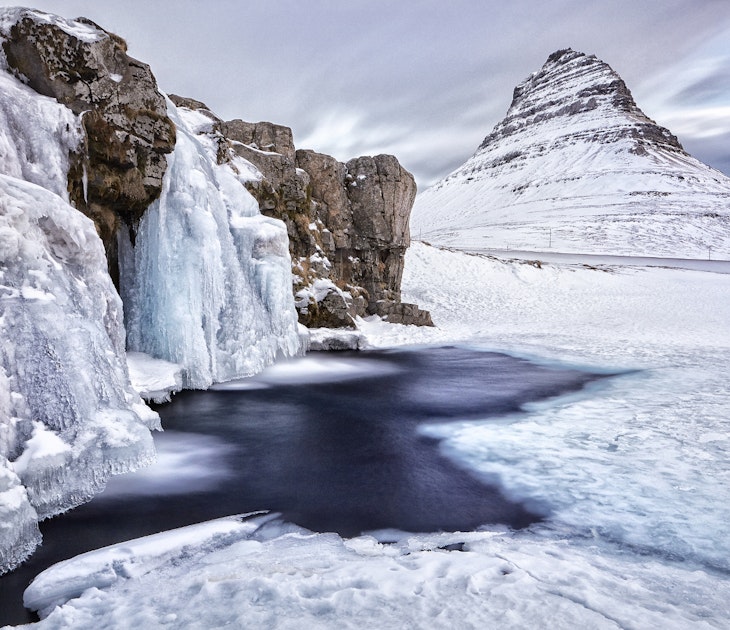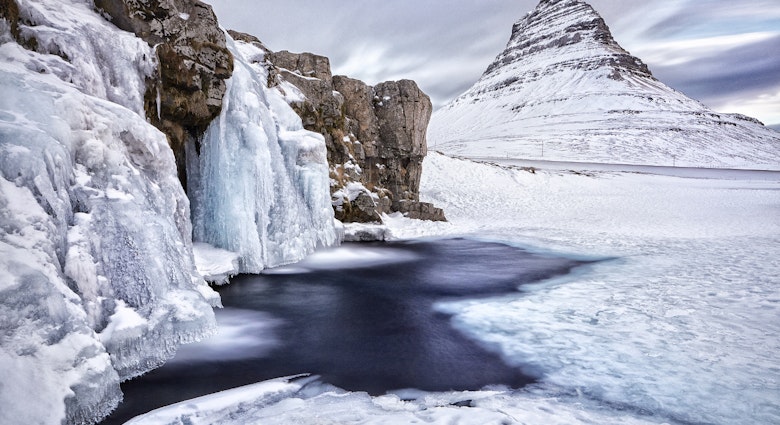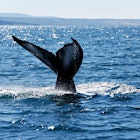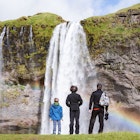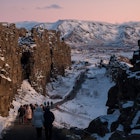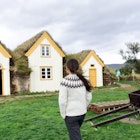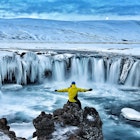The Icelandic Sagas, epic tales of heroes and heroines, might have been written centuries ago but their legacy is alive and well today. Violence, ghosts, poetry, love triangles and family feuds are just some of the themes found in the sagas, coming together to create iconic literature that both helped document Iceland’s history and shaped the country.

Modern Icelanders still know these stories, place names recall the colourful characters, writers like Tolkien and George RR Martin were influenced by them, and landscapes and natural features are little changed from when those intrepid settlers first arrived here in the 9th and 10th centuries.
Northwest Iceland

Iceland’s northwest, particularly the Westfjords region, includes some of the most beautiful and least visited areas of the country. It’s the oldest part of Iceland, both geologically and historically, and is where most of the original settlers lived and where most of the sagas are set. It’s a region whose inhabitants still live in tiny settlements located in picturesque, isolated valleys just as the pioneering settlers would have centuries ago. It’s easy to appreciate the importance of getting along with your neighbours in tiny outposts set in often unkind nature like this. And equally easy to see how small disputes in such claustrophobic communities could have been blown out of proportion with violent ends – just as they did in many of the sagas. Here we take a journey through the northwest, from south to north, exploring some of the most famous sagas, visiting sites connected to their larger-than-life characters, and enjoying the modern-day delights on offer.
The Saga of Egil: Borgarnes

A key sight for saga enthusiasts, or anyone interested in better understanding Iceland in general, is the Settlement Centre in Borgarnes.
The museum is a tale of two, er, tales. One the story of the earliest settlers of Iceland, a mix of Norwegians fleeing turbulent times back home and captured slaves from Britain and Ireland; the other the story of Egil, one of the most famous of the saga characters with a whole, long, eventful story dedicated largely to his long, eventful life. Best described as a poet-murderer, he recited his first poem at the age of the three and murdered his first victim at the age of seven, another child who taunted him after losing a ball game. Later in life he travelled widely, offending the Norwegian king and queen in the course of his voyages and only saving himself from death by composing another poem, Head Ransom, that so impressed the monarch that he spared Egil’s life. Many of the places mentioned in the saga lie in and around Borgarnes and can be visited today – ask at the centre. These include Brákin, the spot where Egil’s family’s slave jumped off a cliff to her death after saving the boy from the wrath of his father. Another is Skallagrímsgarður, the burial mound of both Egil’s father and his son: the death of the latter gave rise to another of his most famous poems, Son’s Loss, composed after his daughter cleverly brought him out of his grief. One spot you won’t find on your saga circuit here is where the elderly and blind Egil buried his silver hoard, interred somewhere in the region with the help of two slaves – who, along with the silver, were never seen again (and were presumably Egil’s last victims).
The Saga of Erik the Red: Eiríksstaðir

By any normal standards, Erik the Red would be deemed quite a man. Involved in violent retaliation after his slaves were murdered by a neighbouring farmer in Iceland, he was banished and sailed west into the unknown. Eventually reaching land, he became the first European inhabitant of Greenland, founding a settlement on the southwest corner of the island and giving it its name in the hope of attracting more settlers. He had several children, including one, Leif Erikson, whose famous exploration of North America, five centuries before Columbus’ trip, overshadowed his father’s not-exactly-unimpressive achievements.
For a fascinating look at how Erik and his contemporaries lived, visit Eiríksstaðir, a reconstruction of his longhouse, complete with brick walls, a turf roof and a dark, atmospheric interior where living in close proximity with your housemates takes on a whole new meaning. Proud locals, dressed in period costumes, are happy to tell more details of Erik’s and Leif’s extraordinary lives, while nearby, in the beautiful valley, stand the scant remains of the original buildings. The small town of Búðardalur, a few kilometres away, is an original Saga-era port – which is fitting given that it was from here that Íslendingur, a replica of Leif’s ship, set sail in 2000 on a voyage to commemorate the 1000th anniversary of the explorer’s journey. The ship is now on display in the Víkingaheimar museum in south Iceland.
The Saga of the People of Laxardal: Laugar and Dalir
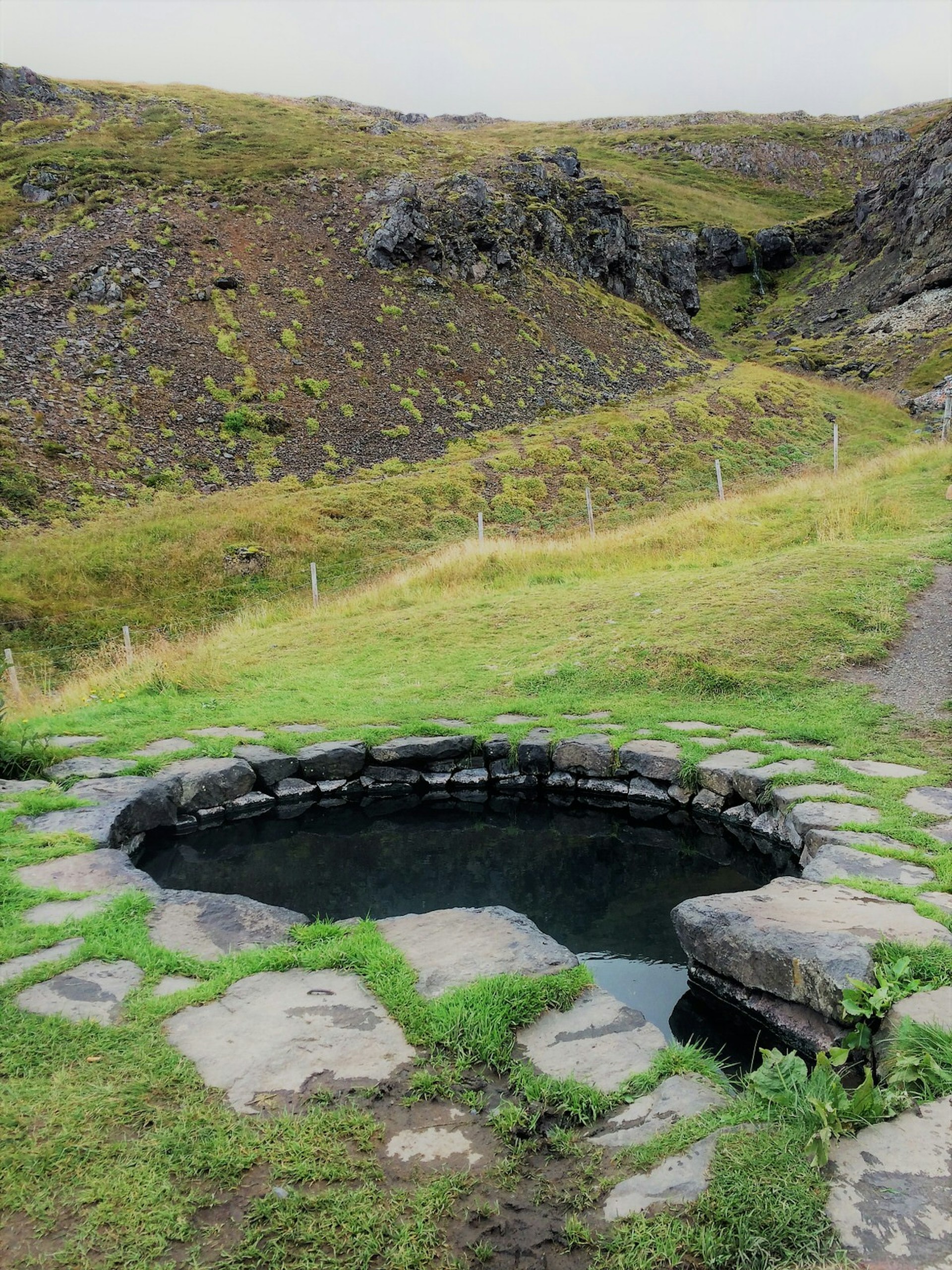
Romantic intrigues are common in the Icelandic Sagas but none is better known than the love triangle at the centre of the Saga of the People of Laxardal, a story thought to have been written by a woman with extensive personal knowledge of the Dalir region where most of the events take place.
Guðrun, ‘the most beautiful woman ever to have grown up in Iceland’, is courted by inseparable foster brothers, Kjartan and Bolli (you can probably see where this is going). Although in love with Kjartan, Guðrun is persuaded by Bolli to marry him while his foster brother is in Norway. A tense atmosphere following Kjartan’s return to Iceland soon turns violent, leading to Kjartan’s death at the hands of Bolli and a series of revenge murders, spurred on by Guðrun. Marrying four times in total, this ‘femme fatale’ eventually became a nun, but not before seeing the ghost of her last husband and enigmatically replying to her son, when asked which of the many men in her life she had loved most, ‘He I treated worst, I loved best’. Scholars still debate exactly who she meant.
For a relaxing space to ponder the quote yourself, take a dip in Guðrúnarlaug, a hot pot pool favoured by Guðrun. Few other tangible ruins remain, but the landscapes across Dalir region are largely unchanged and names like Hjardarholt, the farm in which Kjartan and Bolli grew up together, remind visitors of the lasting impact of the sagas and the original settlers.
The Saga of Gisli: Þingeryi and Haukadalur

More family feuding runs through the Saga of Gisli. Brothers and brothers-in-law come to blows after blood oaths are not fulfilled and wives fantasise about men other than their husbands. Gisli himself murders one of the saga’s main characters and is then outlawed, living on the run in the Westfjords for 13 years. Aided by his loving wife, Aud, who refuses to give up his whereabouts despite being plied with silver, fate finally catches up with him and he is killed, valiantly fighting his assailants, his wife at his side until the end, ‘his last blow no weaker than his first’ (though not before, in true Saga style, reciting a quick poem).
Just travelling around the spectacular Westfjords region gives an idea of the difficulties Gisli would have faced while on the run. High mountains and wide fjords that draw gasps of delight from visitors today would have been obstacles to a man needing to constantly stay ahead of those out to get him. Beautiful Dýrafjörður is the centre of much of the action in the saga, and its main ‘town’, Þingeyri (population 281) has the excellent Skállin Viking Centre where you can get your inner Norse on, dressing up in costumes, making bread and drinking beer (all with a ‘Viking' prefix) while hearing how the earliest settlers lived in this harsh environment. They also sell handmade, top-quality Icelandic sweaters. If you’re here in late June/early July you can enjoy the Dýrafjarðardagar Viking Festival, and also head a few kilometres northwest to even tinier Haukadalur, site of Gisli’s farm. Here an enthusiastic local saga sage and his friends perform an abridged version of the tale in a small theatre, dressed in 10th-century outfits, and lead tours round the area, pointing out its many Gisli connections.
Clifton travelled to Iceland with support from Promote Iceland and Visit Westfjords. Lonely Planet contributors do not accept freebies in exchange for positive coverage.

